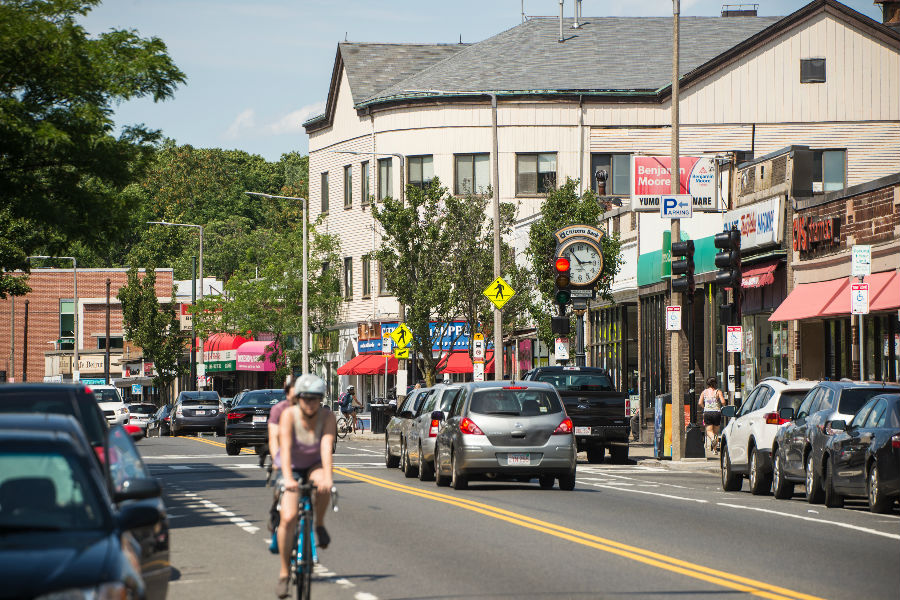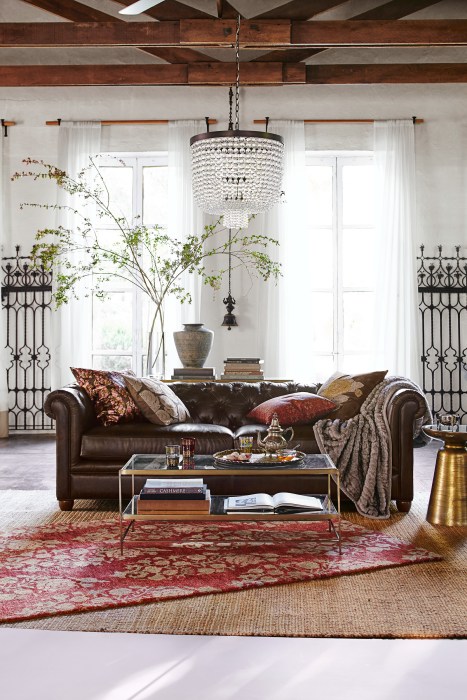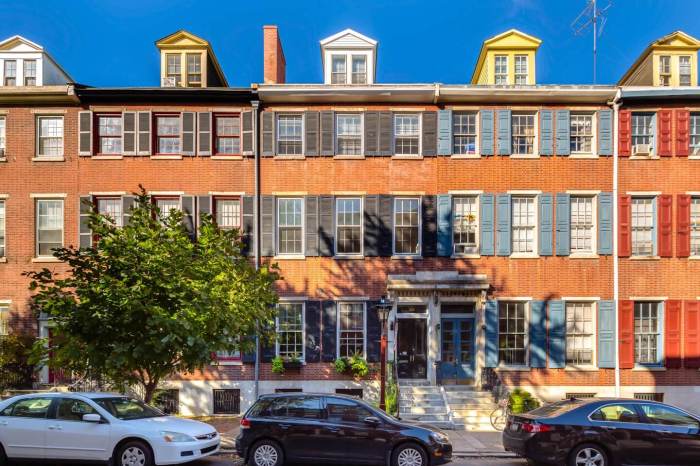First time homebuyers are flocking to Jamaica Plain, dropping upwards of $700,000 on condominiums. While that number may not seem all that shocking in other Boston neighborhoods, it’s certainly a rising price point for JP.
“Several years ago, we saw first time home buyers searching in the $350,000 range,” says Ralph Smith, Jr., a real estate broker with Compass. “Today it is commonplace to find first time home buyers making offers on properties listed from $600,000 to $700,000.”
Calling condos the “sweet spot” of the Jamaica Plain market, Smith says there are currently 29 condos available for sale in the neighborhood. In the past six months, 152 condos have sold, with an average sale price of $595,000. But if you’re looking for a single-family home in the area, your options are a bit more limited. There are currently only seven single-family homes on the market in JP, and they’ll cost you a pretty penny, ranging in price from $625,000 to $2.2 million. More than two dozen single-family homes have sold in JP in the last six months, with an average sale price of $867,000.
“The Jamaica Plain market continues to be one of the hottest markets in Boston,” says Smith. “The Forest Hills and Woodbourne neighborhoods of Jamaica Plain are seeing a surge in popularity highlighted by recent condominium developments.”
But not everybody is thrilled with the changes going on in the neighborhood. There has been significant pushback from some longtime residents, who claim the rapid development is destroying the exact unique quality that once gave JP its distinction.
Joscelyn Chapman, 36, is a pilates teacher who lives in a two-family home with two other roommates in downtown Jamaica Plain. Each roommate pays $745 a month in rent, plus utilities. She cites the easy access to public transportation and diverse food and retail offerings as what attracted her to the neighborhood. But most importantly, it was the prospect of affordable rent.
“The cost of rent was a huge factor, and I decided it was time to try a different area. I’d been living in the Camberville area for several years, then tried Dorchester for a year which was not what I was looking for, then to JP,” says Chapman. “I enjoy its proximity to the T and the city, as well as the local restaurants and shops.”
But the 2011 conversion of the more affordable Hi-Lo Market to a Whole Foods Market made it clear things were changing in the neighborhood, according to Chapman.
“I don’t like the blatant disregard for the community being pushed out,” she says. “The area has absolutely changed drastically. Families who lived here previously have been pushed out, and rent has increased dramatically.”
Chapman describes her neighborhood as “a mixture of pseudo liberals who recycle but complain about the homeless, and a few hipsters who live with roommates.”
Still, the rapid gentrification doesn’t seem to be weighing too heavily on the minds of many residents.
“No,” says Chapman. “Right now my neighbors are concerned about rats.”



















